
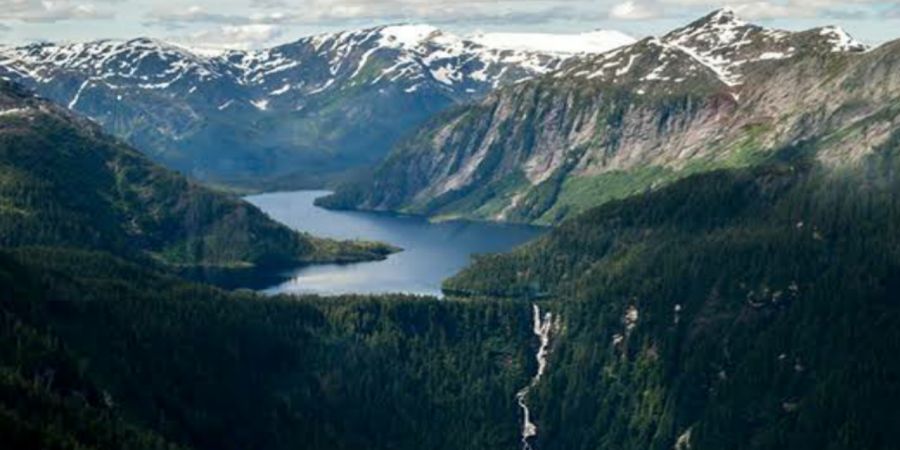
Despite being a geographically diverse state Alaska has revolve around a breathtaking views of biogeographical nature spilt over the entire landscape of the state.
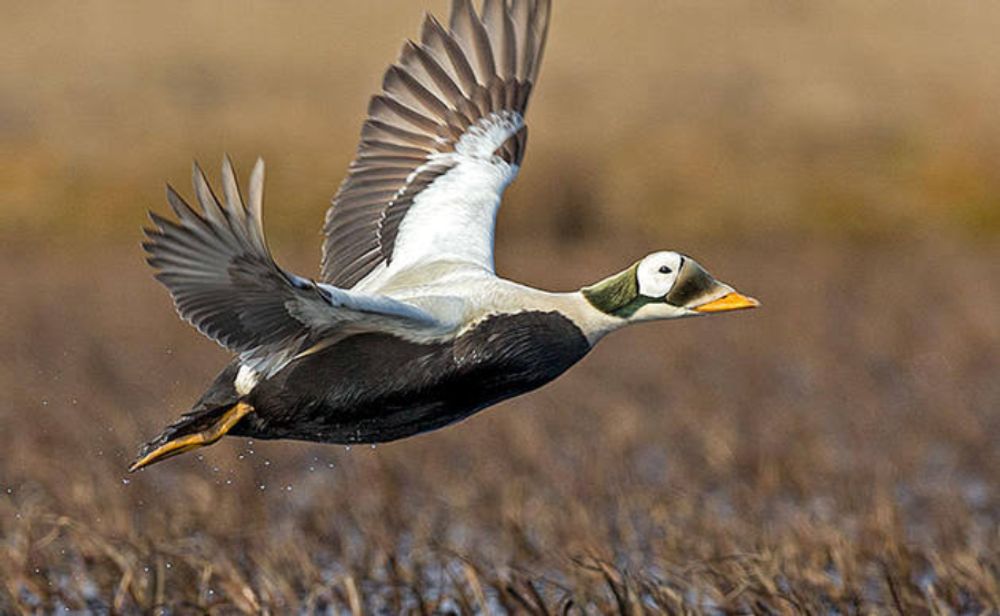
In the light of the biological context, Alaska's landmass has assimilate with naturally induced functioning ecological environment dealing with undamed rivers, rare endangered species of animals and birds alongwith exotic species of marvelous plants and their habitat reflects the scernerio of Wildlife as well as associated with variety of terrestrial reptiles and aquatic fish ecosystem sidsiding it in the favor of biological process persisten for a long term biodiversity.
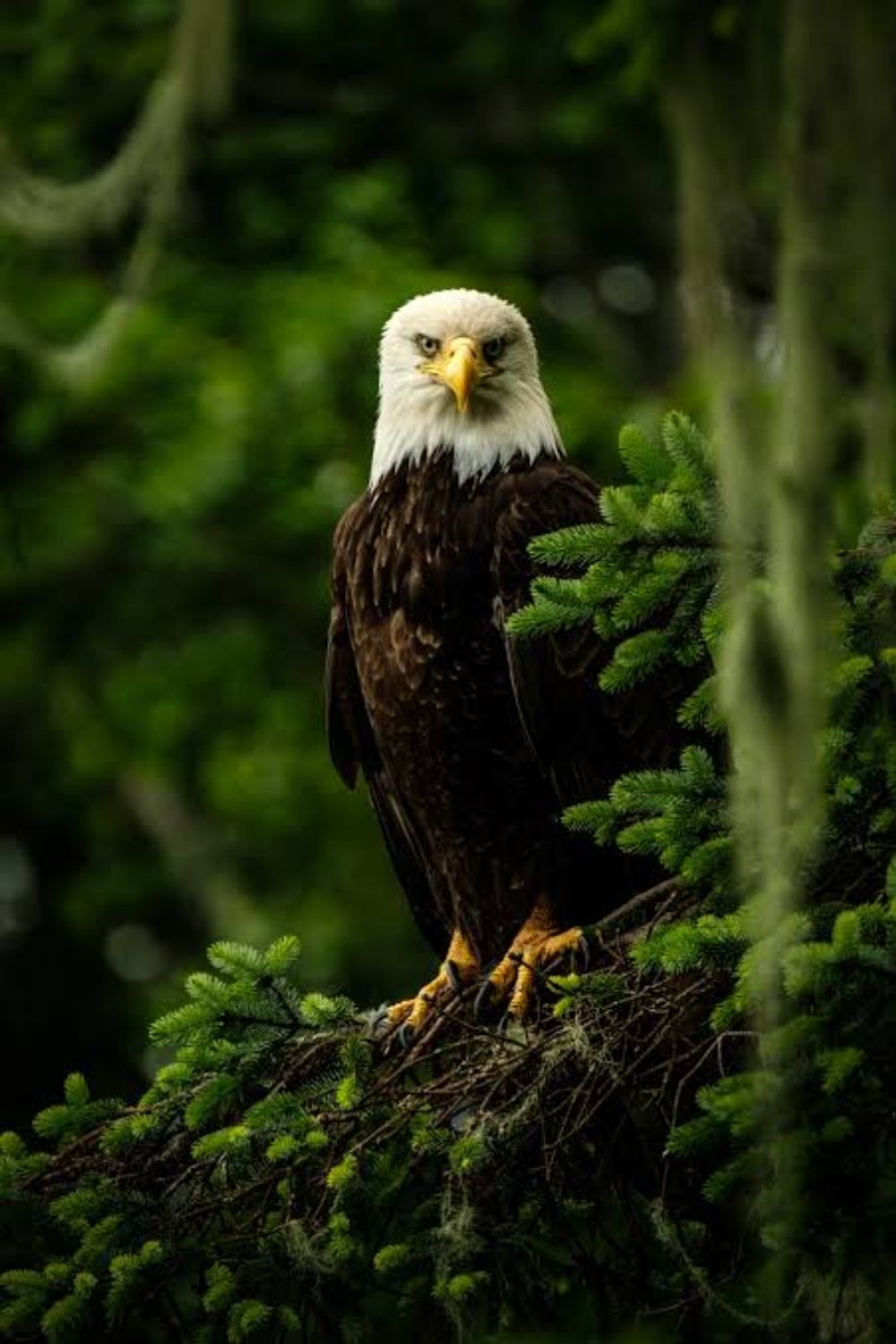
Numerous shore birds are migrate from north to south of the province represent a breathtaking views of environmently-friendly nature while the rare endangered animals and birds species represent the environmentally-safe wildlife whereas exotic species of plants and flowers represent the eco-friendly nature of Alaska.
Furthermore, salmon influencing regions reflects the diversity of phytological nature varies from boreal forests to Arctic Tundra lowlands while Tongass & Chugach national forests and represent with aquatic environment of healthy salmon fisheries live their habitat situated on the southeastern zone of Alaska covers the landscape of its centralzone. Alaska hots a numerous biological sites found in its central zone that deals with habitat diversity of Rainforest where the Pacific salmon fisheries.
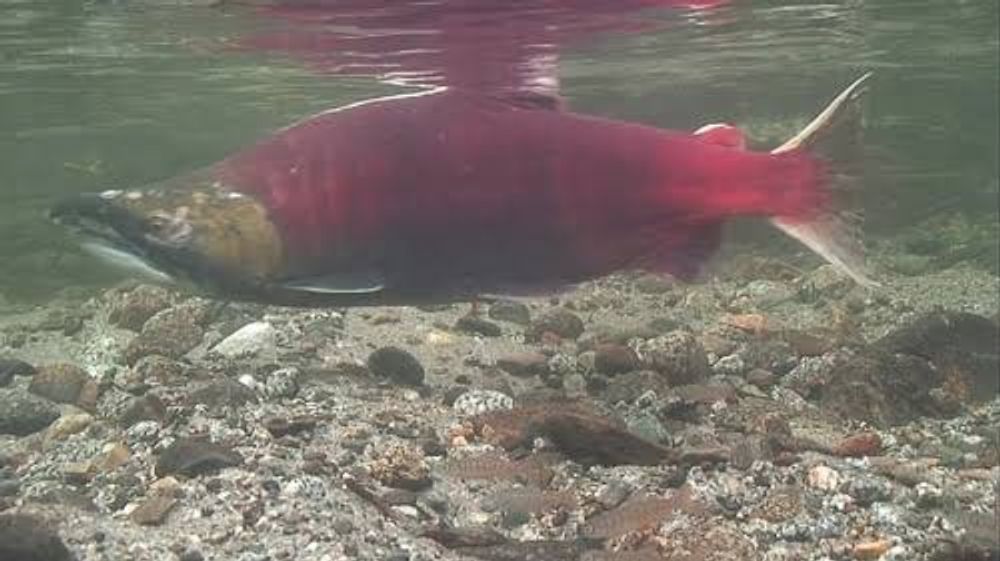
Nevertheless Pacific salmon provides an affluent nature of habitat diversity bordering between terrestrial & aquatic ecosystem and marine freshwater ecosystem where the Eco climatic variations maintain the ecological balance of organic and genetic species of the regions. Coastal temperate forests belongs to the southeastern most region of Alaska and British Colombia has rarely intact by river steams and watershed ecosystems dealing with physical processes hydrological cycle & geomorphic processes that helps to sustain and maintain Ecological balance of ecosystem.

Nonetheless, the semi- natural forest are such type of underdeveloped forests where an tremendous amount of greenhouse effect has been emitted throughout the green landscape that in these region trees and shrubs as well as plant communities has survive for longer period because of the stable energy flow of the ecosystem, high radiation of greenhouse gases especially carbon dioxides and rich biodiversity although trees of Pacific north-east part consume excessive amount of carbon dioxides which helps to sustain nearly eight hundred years of life existence.
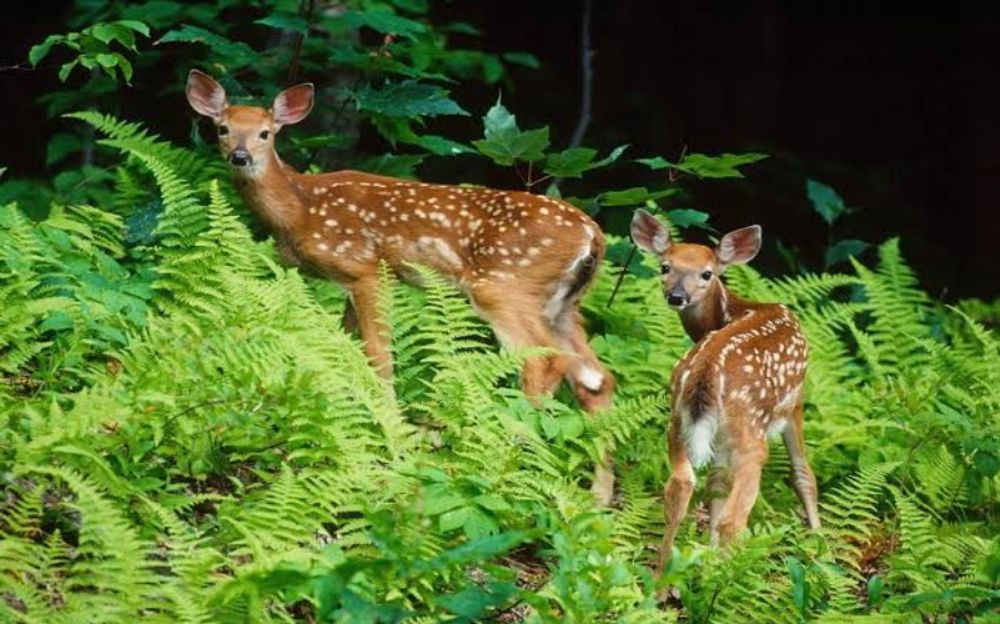
In the same context, ecologically Alaska has the carbon dominate naturally induced ecosystems which encompass a glimpse of store houses emited by Carbon dioxides present in the ecoregions of rainforests, coniferous forests, deciduous forests temperate & semi-temperate grasslands, wetlands and peatlands of Alaska effects the carbonsink highlands and lowlands at a glance.
Thank You For Reading


















